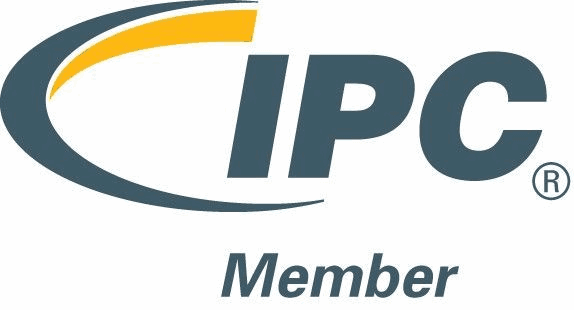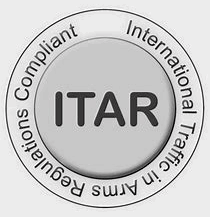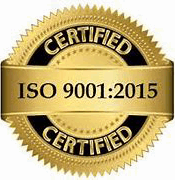In addition to providing our customers with the information they need regarding PCB assembly processes, MPL is also proud to be a source for industry news and updates. Previously, our blog covered the extensive supply chain issues which have greatly impacted the wider PCB assembly and manufacturing industry as a whole. Now, we are happy to share some good news regarding the supply chain factors which affect your orders the most. Read further to learn more about how our industry is recovering and what we can expect in the future.
Stockpiling and Its Effects on Business
Stockpiling is one key factor to keep an eye on. If excess components are simply being housed in inventory rather than made available for use, it could continue to drive demand and slow down lead times for certain products. While companies cannot control whether their suppliers stockpile an unreasonable amount of components, they can choose to work with suppliers that they have an established relationship with. By working with a supplier that is known for consistent and fair business practices, companies like MPL can diminish the amount that they are affected by the farther reaching supply chain concerns.
Supply and Demand Corrections
The imbalance of supply and demand has slowly been corrected over time, providing some relief to PCB assemblers. While lead times often remain lengthier than they had been prior to the supply chain issues of recent years, there is a more significant handle on forecasting consumer needs, allowing companies to provide more predictable assembly services.
Furthermore, while wait times could still benefit from more improvement, a large advantage that has reentered the equation is that of reduced costs. It is true that many parts still will involve slower turnaround times, but at much more affordable prices. Two main drivers of these cost reductions include 1.) Supply and demand corrections 2.) More cost efficient shipping options available.
Logistics have proven to be one of the biggest inflation drivers across many industries - the reduction in cost of getting product from A to B has started to show for the consumer.
What MPL Watches For
While the supply chain continues to improve, it is necessary for companies to remain diligent in their efforts to be consistent in their services, despite some continuing demand imbalances. It is naturally evolving to correct itself, but one should not start celebrating yet. Because certain components are in demand at a higher rate than they can be manufactured, it is important to continue investing in alternatives to build a resistance to supply chain tolerances.
Software packages like Silicone Expert are wonderful tools to assist with alternate component identification and reviewing the lifecycle status for all components listed on your BOM. With this, one may be able to learn of potential disruptors much earlier on in the process - before it starts affecting your bottom line.




